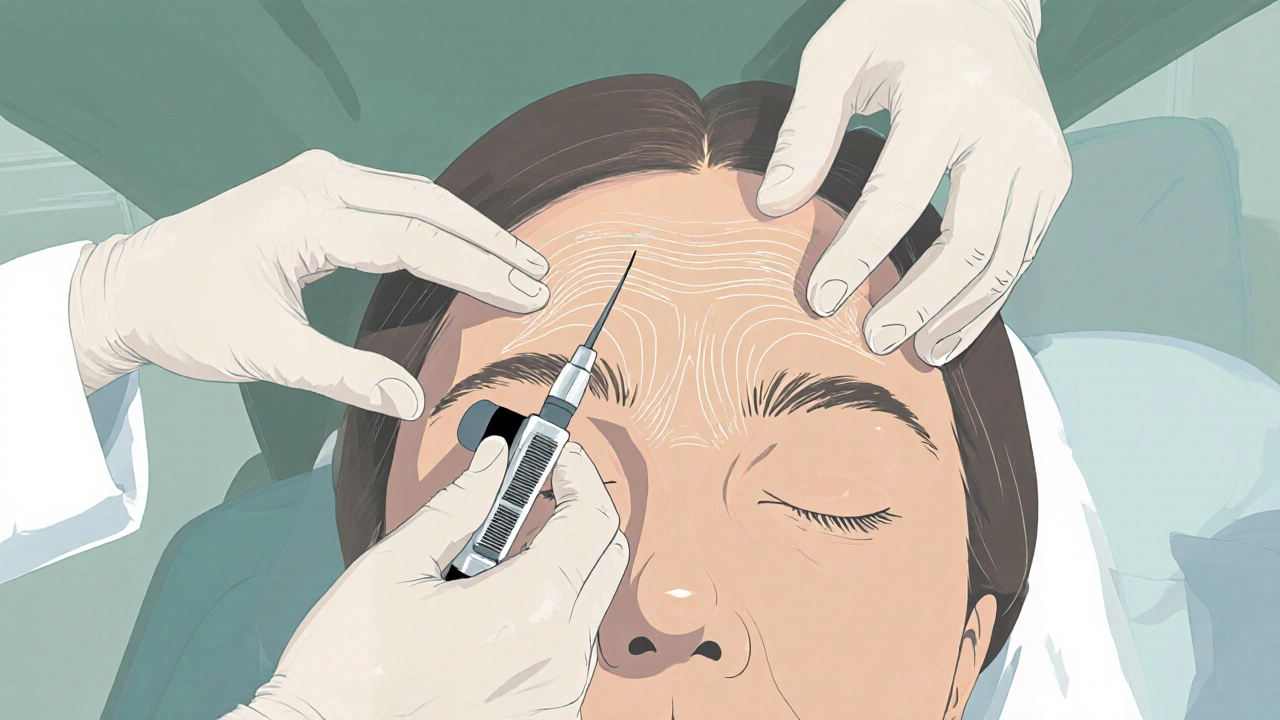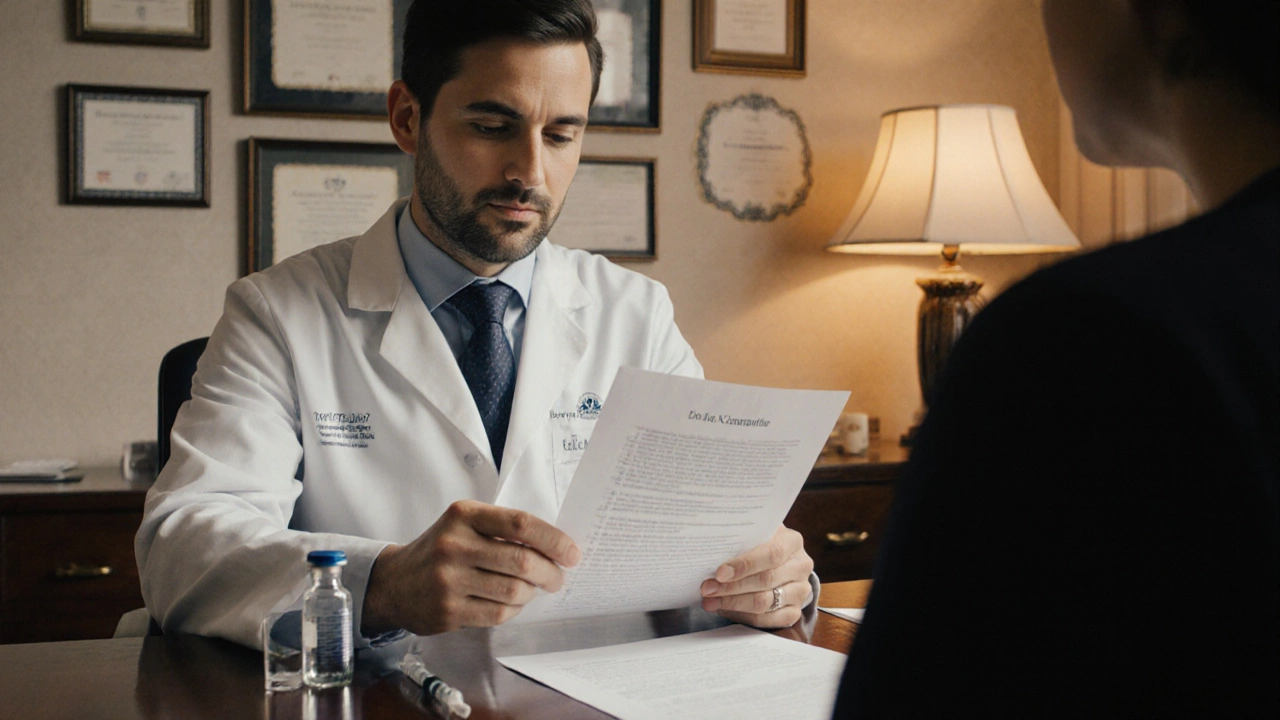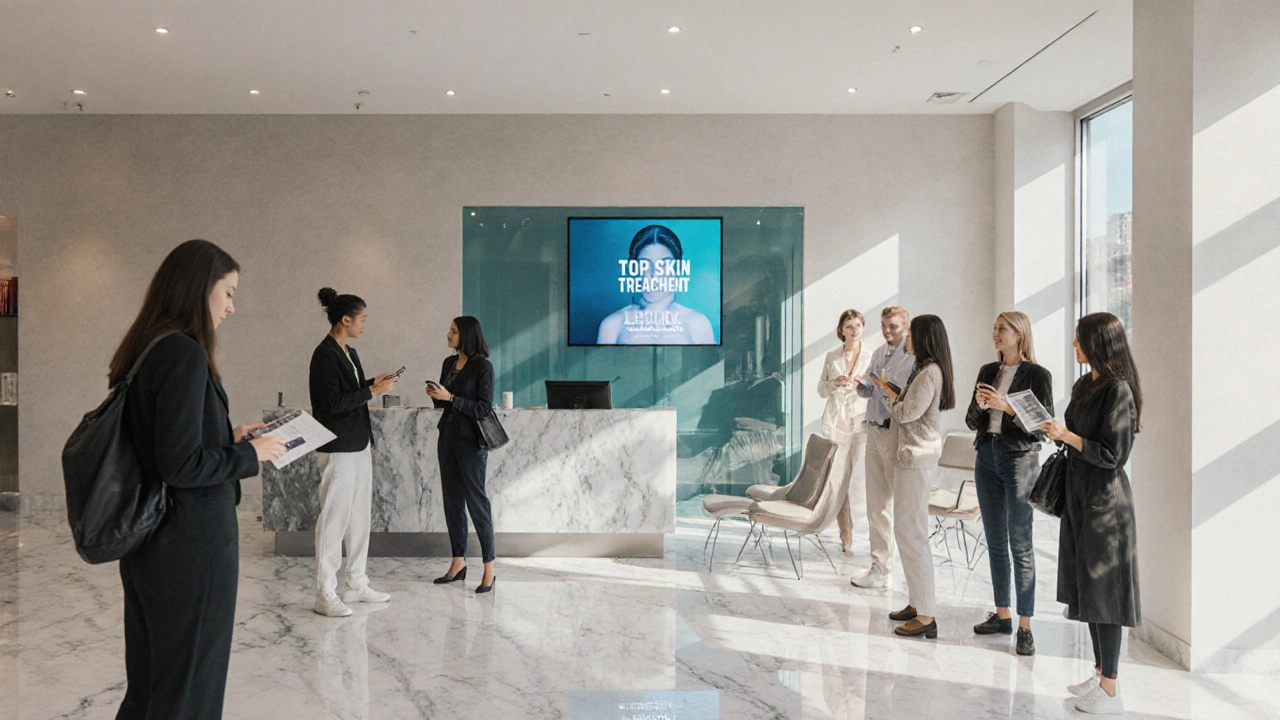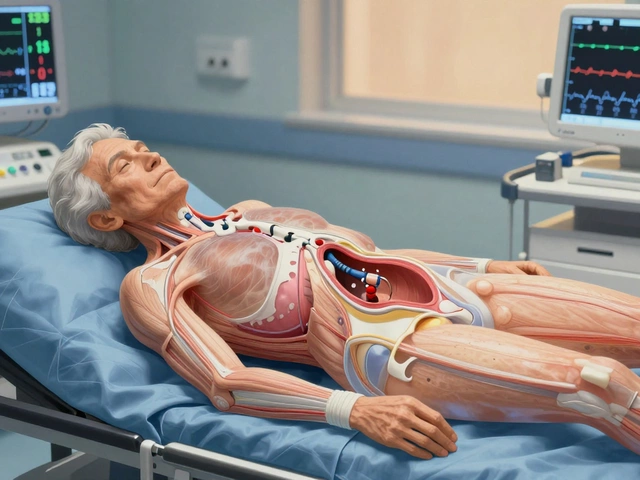Botox Cost Calculator
Botox Treatment Cost Estimator
Estimate your personalized treatment cost based on units needed and provider rates
Your estimated treatment cost
$0.00
(Based on 15 units at $12.50/unit)Typical session cost: $300-$600
When you search online for the "most popular skin treatment", the answer isn’t a mystery-it’s a procedure that shows up in every clinic’s waiting room schedule and dominates social‑media feeds. In 2025, that treatment is Botox, with more than 13million procedures performed worldwide, according to the latest American Academy of Dermatology (AAD) survey. Below you’ll find everything you need to decide if Botox fits your skin goals, how it compares with other hot options, and how to get it safely.
Quick Takeaways
- Botox continues to be the #1 non‑surgical skin treatment, thanks to fast results and minimal downtime.
- Ideal for smoothing dynamic wrinkles, treating excessive sweating, and even softening jaw‑line tension.
- Cost ranges from $10‑$15 per unit in the U.S.; a typical session costs $300‑$600.
- Alternatives such as dermal fillers, laser resurfacing, microneedling, and HydraFacial each serve specific concerns.
- Before booking, check practitioner credentials, understand the after‑care plan, and match the treatment to your skin type.
The Crowd Favorite: Botox
Botox is a purified form of botulinum toxin typeA that temporarily blocks nerve signals to muscles, reducing the appearance of wrinkles. Approved by the U.S. Food and Drug Administration in 2002 for cosmetic use, Botox has expanded to treat hyperhidrosis, migraine, and cervical dystonia.
Why does it stay on top? The procedure takes about 10‑15minutes, requires no anesthesia, and most people return to work within a day. Results appear in 3‑5days and last 3‑4months, prompting repeat visits that keep the numbers high.

Why Botox Beats the Competition
Three factors drive its popularity:
- Speed of results - unlike chemical peels or laser resurfacing, Botox delivers visible smoothing almost immediately.
- Low risk profile - when administered by a certified dermatologist or trained injector, adverse events are rare and usually mild (bruise, transient headache).
- Versatility - it treats forehead lines, crow’s feet, frown lines, and even jaw‑line tension (masseter reduction) with the same product.
These benefits translate into the highest demand among both women and men, especially millennials who prefer non‑invasive solutions.
Who Should Consider Botox?
Botox works best on "dynamic" wrinkles-those formed by repeated muscle movement, such as frown lines and crow’s feet. If you’re in your late 20s to early 40s and see the first signs of expression lines, Botox can be a preventive measure.
Key considerations before booking:
- Skin type: Botox is safe for all Fitzpatrick skin types, but practitioners may adjust dosage for darker skin to avoid post‑injection bruising.
- Medical history: Pregnant or breastfeeding individuals should avoid it, as should people with neuromuscular disorders (e.g., myasthenia gravis).
- Expectations: Botox softens wrinkles; it won’t erase deep static lines without complementary treatments.
Top Alternatives and How They Stack Up
Even though Botox leads the pack, other treatments excel for specific goals. Below is a quick comparison of the four most requested procedures in 2025.
| Treatment | Typical Cost (USD) | Downtime | Best For | Popularity Rank |
|---|---|---|---|---|
| Botox | $300‑$600 per session | Less than 24hrs | Dynamic wrinkles, hyperhidrosis | 1 |
| Dermal Fillers | $500‑$1500 per syringe | 2‑5days | Volume loss, static lines | 2 |
| Laser Resurfacing | $1500‑$3000 per session | 5‑10days | Texture, pigmentation, deep wrinkles | 3 |
| Microneedling | $200‑$400 per session | 1‑2days | Scarring, collagen boost | 4 |
| HydraFacial | $250‑$350 per session | No downtime | Hydration, mild exfoliation | 5 |
Choosing the right option depends on your primary concern. For forehead lines, Botox wins. For loss of cheek volume, fillers are better. If you need to address sun damage and uneven texture, laser resurfacing takes the lead.

Getting Botox Safely
Here’s a step‑by‑step checklist to ensure you’re in good hands:
- Verify the provider’s credentials. Look for a board‑certified dermatologist or a plastic surgeon with a dedicated aesthetic practice.
- Ask to see before‑and‑after photos of patients with a similar skin type and age.
- Discuss any medications you’re taking, especially blood thinners, as they can increase bruising.
- Confirm the product is genuine Botox (all‑US‑FDA‑approved vials) and not a counterfeit.
- Review the post‑treatment protocol: avoid strenuous exercise for 24hrs, keep the area upright, and refrain from excessive alcohol for 48hrs.
Most side effects-minor bruising, temporary dryness-resolve within a week. If you notice drooping eyelids or difficulty swallowing, contact your provider immediately.
Bottom‑Line Checklist Before Booking
- Define your goal (smooth lines, reduce sweating, prevent deeper wrinkles).
- Choose a qualified practitioner with verifiable credentials.
- Know the cost structure (units×price per unit) and ask about any package discounts.
- Plan for a short recovery window (usually less than a day).
- Set realistic expectations: results last 3‑4months; regular maintenance keeps the look fresh.
Frequently Asked Questions
Is Botox safe for all skin types?
When administered by a certified professional, Botox is considered safe for every Fitzpatrick skin type. The main precaution is to avoid excessive bruising, which can be minimized with proper technique and post‑care.
How long does a Botox session take?
Typical appointments last between 10 and 20 minutes, depending on the number of injection sites.
When will I see the results?
Most patients notice smoother skin within 3‑5 days, with full effect around two weeks.
How often should I repeat Botox?
Because the muscle activity gradually returns, most clinicians recommend touch‑ups every 3‑4 months to maintain the desired look.
Can men use Botox?
Absolutely. An increasing number of male patients opt for Botox to soften frown lines and soften a pronounced jaw‑line.
What are the main side effects?
Mild bruising, headache, or temporary eyelid droop are the most common. Serious complications are extremely rare when the product is administered correctly.
Is Botox covered by insurance?
Only when used for medical conditions such as chronic migraine or hyperhidrosis. Cosmetic use is typically out‑of‑pocket.









